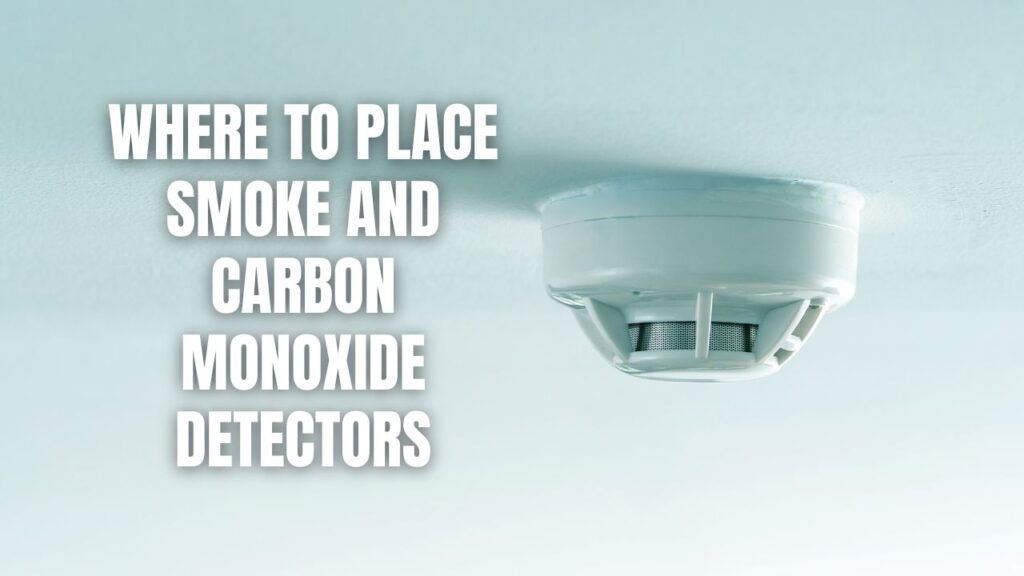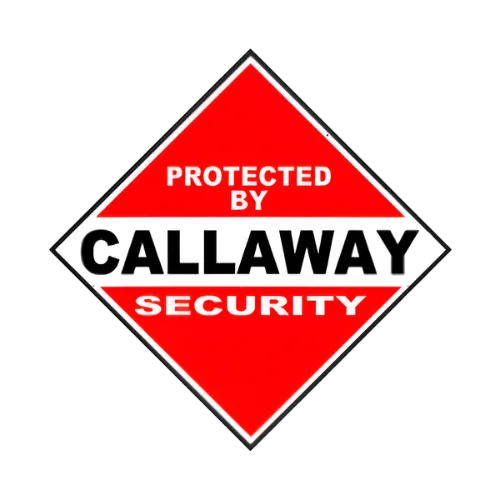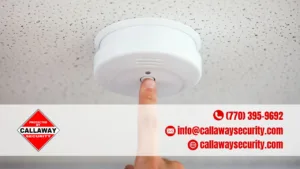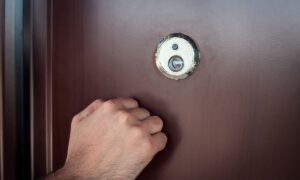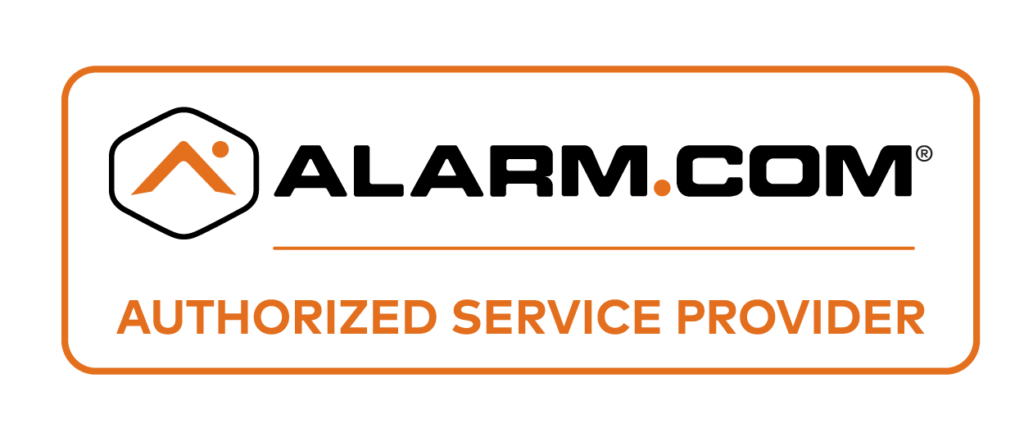Place carbon monoxide detectors near sleeping areas, on every level of your home, and away from fuel-burning appliances.
Carbon monoxide (CO) detectors are essential safety devices that alert us to the presence of this deadly, odorless gas. To ensure their effectiveness, they must be strategically placed throughout our homes. Installing CO detectors near bedrooms, in common areas, and at proper distances from potential sources of CO can make the difference between life and death.
Key Takeaways:
- Install CO detectors on every level of the home, including the basement.
- Place detectors outside and near sleeping areas to wake you in case of CO buildup.
- Keep detectors at least 15 feet away from gas-burning appliances.
- Mount them on the wall (about 5 feet up) or the ceiling, where CO accumulates.
- Avoid placing them in garages, kitchens, or areas with extreme temperatures.
- Follow manufacturer instructions for optimal placement and maintenance.

Why Proper Placement of CO Detectors Matters
Carbon monoxide is a silent killer—it’s invisible, odorless, and can quickly lead to poisoning or death. Unlike smoke, which rises, CO mixes with air and spreads evenly throughout a space. Because of this, proper detector placement ensures timely detection and protection for everyone in the home.
Best Locations for Carbon Monoxide Detectors
1. Near Sleeping Areas
We spend hours sleeping, making us vulnerable to CO exposure. A properly placed detector ensures early warning.
- Place one outside each bedroom and in hallways leading to sleeping areas.
- If bedrooms are spread out, install multiple detectors.
2. On Every Level of the Home
CO can accumulate in any part of a home, especially if fuel-burning appliances are present.
- Install a CO detector on every floor, including the basement.
- If your home has a garage attached, install one nearby to detect car exhaust fumes.
3. Near Fuel-Burning Appliances
Appliances like gas stoves, fireplaces, and water heaters are potential sources of CO leaks.
- Place detectors at least 15 feet away from these appliances to avoid false alarms.
- Avoid placing them directly above appliances, as small amounts of CO might trigger unnecessary alarms.
4. High on Walls or Ceilings
CO is slightly lighter than air and rises with warm air.
- Mount detectors 5 feet above the floor on a wall or on the ceiling.
- Avoid areas near ceiling fans, vents, or open windows, which can disrupt CO detection.
Locations to Avoid When Installing CO Detectors
While installing CO detectors is crucial, placement in the wrong areas can lead to false alarms or reduced effectiveness.
1. Garages
- Car exhaust produces CO, but detectors placed inside a garage may trigger frequent false alarms.
2. Kitchens and Bathrooms
- Cooking fumes and humidity can interfere with CO detectors.
3. Near HVAC Systems or Fans
- Moving air can prevent CO from reaching the sensor, delaying the alarm.
4. In Direct Sunlight or Extreme Temperatures
- High heat or cold can affect sensor performance.
Additional Salient Facts About Carbon Monoxide Safety
- Test your CO detectors monthly to ensure they’re functioning properly.
- Replace batteries every 6-12 months, or follow manufacturer guidelines.
- Carbon monoxide poisoning symptoms include headaches, dizziness, nausea, confusion, and shortness of breath.
- If your CO alarm sounds, leave the house immediately and call emergency services.
Frequently Asked Questions (FAQs)
How many carbon monoxide detectors do I need in my home?
The Consumer Product Safety Commission recommends at least one detector per level, plus one outside each sleeping area.
Can I place a CO detector on a shelf or table instead of mounting it?
Yes, but ensure it’s at least 5 feet above the floor for better detection.
Do CO detectors detect gas leaks?
No. CO detectors only sense carbon monoxide, not natural gas or propane leaks.
How long do carbon monoxide detectors last?
Most CO detectors last 5-7 years. Check the manufacturer’s label for exact lifespan.
Stay Safe With Proper CO Detector Placement
Ensuring our homes are safe from carbon monoxide is as simple as proper detector placement. By following these guidelines, we can significantly reduce the risk of CO poisoning and protect our families. Always stay vigilant, test your detectors, and prioritize safety in your home.
Let Callaway Security™ help you with smoke and carbon dioxide detector installation!

